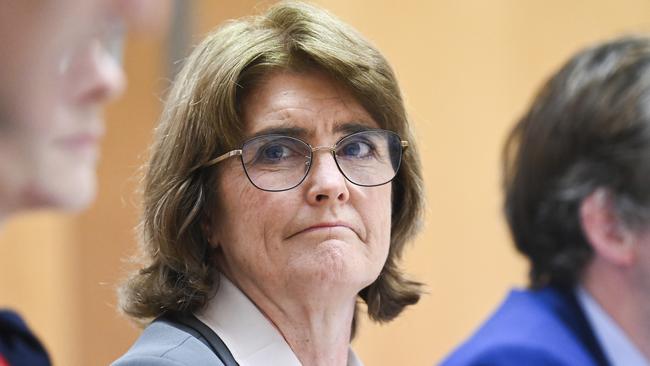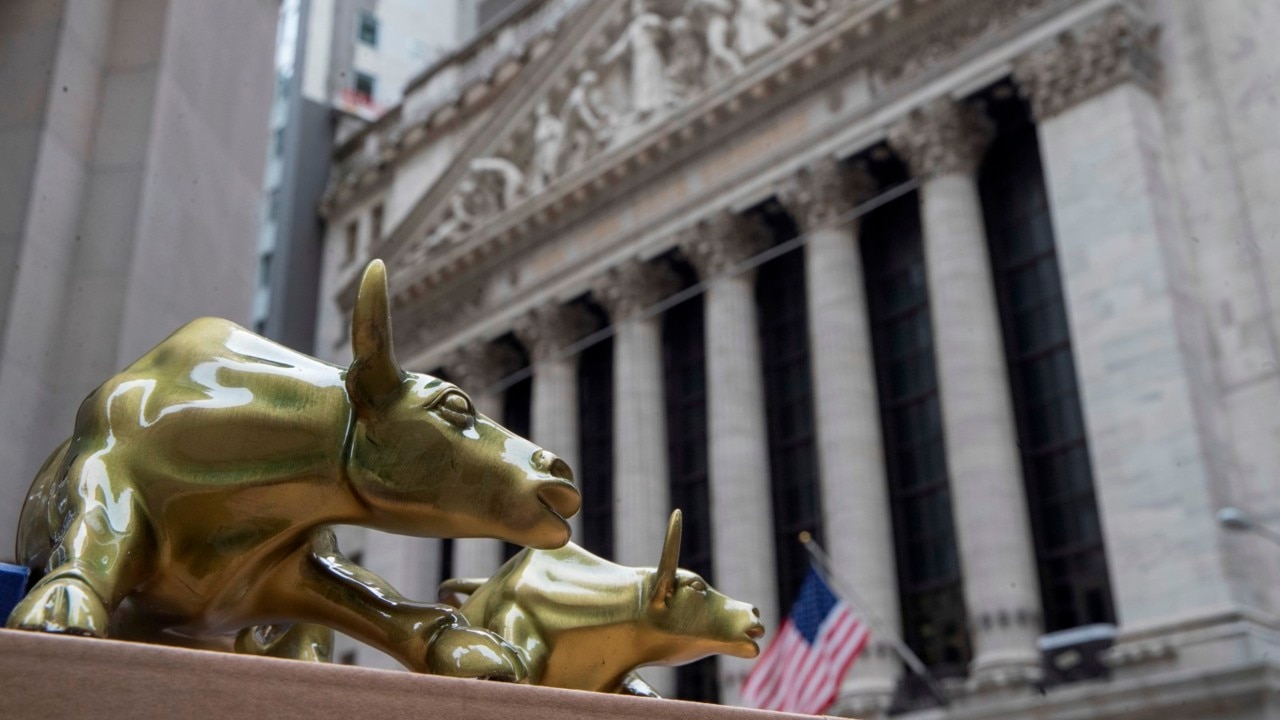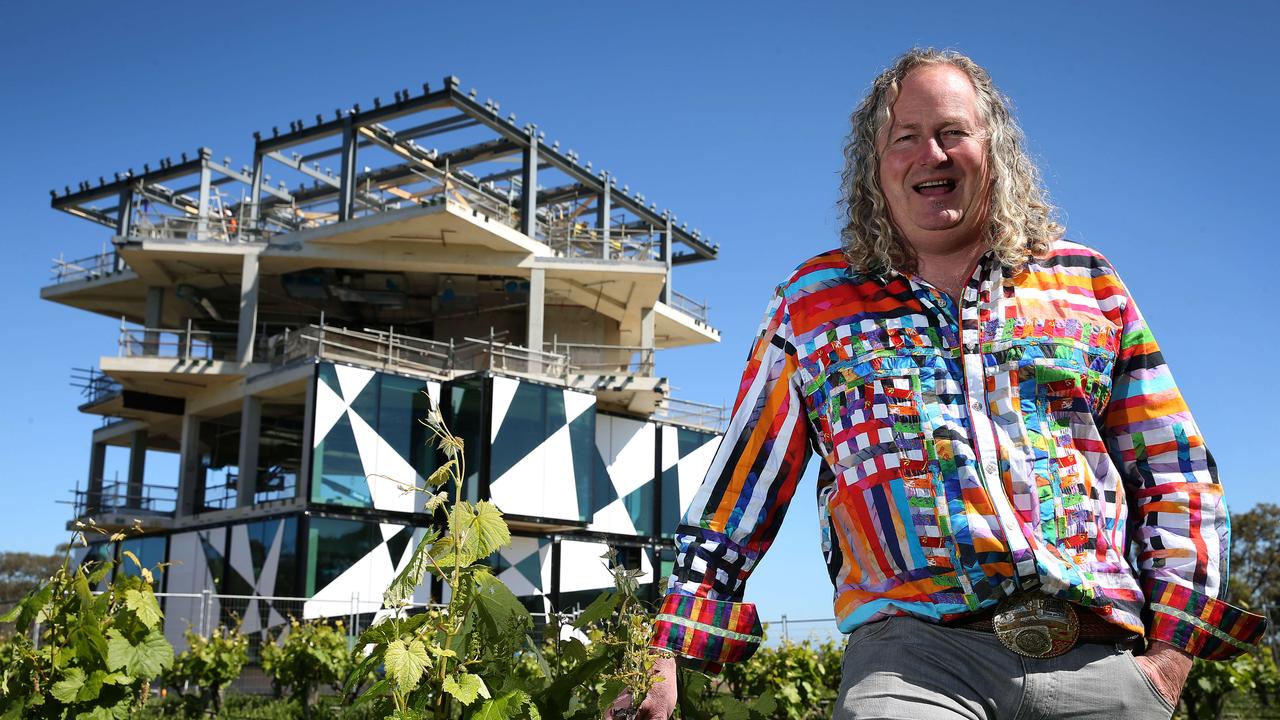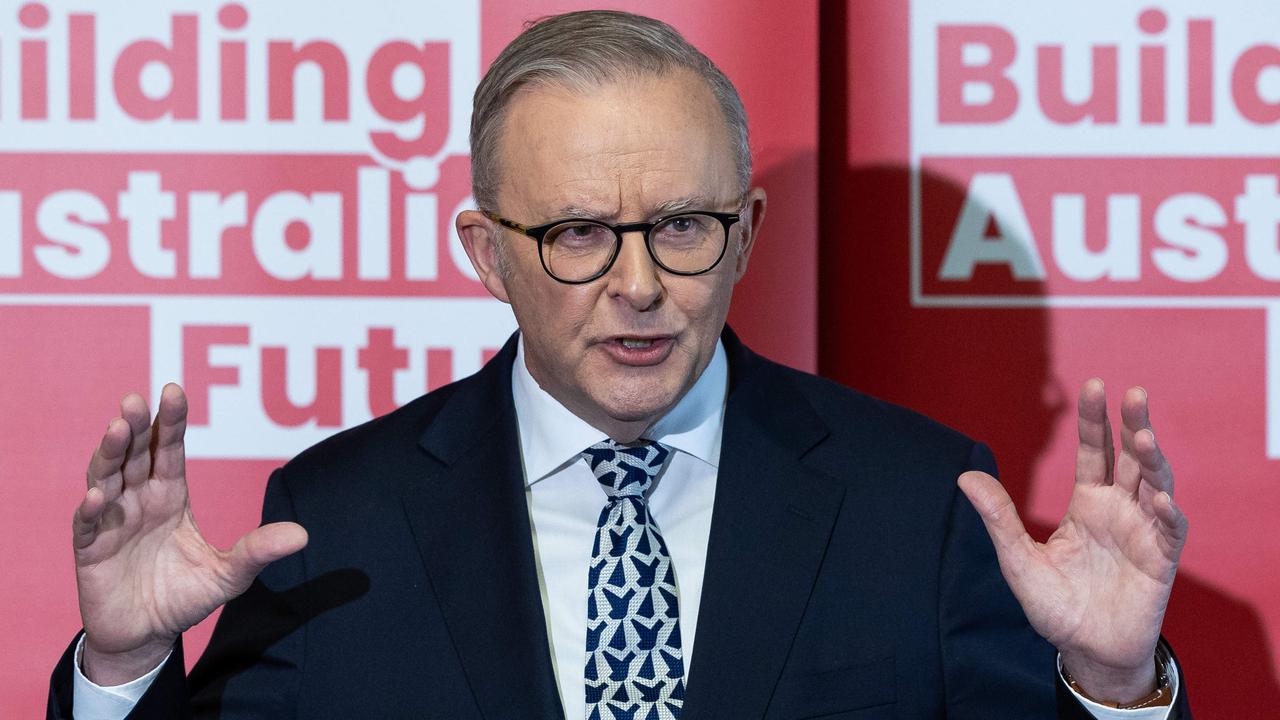The trifecta needed for RBA to cut interest rates in November
The first Tuesday in November annually marks two momentous occasions: the running of the Melbourne Cup and the RBA’s announcement whether it will move the official interest rate.

Australians don’t appear to be rushing to spend the tax cuts that took effect in July and that won’t go unnoticed by the Reserve Bank as it assesses the economic outlook.
Retail sales were unchanged in seasonally adjusted terms despite market expectations of a 0.3 per cent rise in nominal retail sales versus June as falling inflation and tax cuts increased real incomes.

After slightly higher-than-expected inflation data this week, this latest sign of consumer caution was incrementally good news for the interest rate outlook.
“We note that this is just one month of data and more data is needed to determine the impact of the tax cuts on both consumer spending and any potential behavioural changes,” said CBA senior economist Stephen Wu.
It came as ANZ boss Shayne Elliott said the stage three tax cuts had prompted home loan customers to increase their savings and boost mortgage offset balances.
“Overall, our customers have been holding up well,” Mr Elliott said.
“While our latest published figures showed an increase in the number of ANZ home loan customers in hardship, they remained low at around three in every 1000 people.
“Those figures also showed that mortgage offset balances continued to increase, and early data suggests that home loan customers increased their savings following the recent stage three tax cuts.”
Mr Elliott said stress among credit card customers was only “slightly up” and they weren’t showing “signs of dependency on their credit limits” for basic living expenses.
“Retail sales are only a guide to goods consumption whereas the RBA is clearly more concerned about the strength of services spending,” said Capital Economics ANZ economist Abhijit Surya.
“Even so, the data should give the bank greater confidence that demand and supply are moving closer into balance.
“At the margin, the weakness in household consumption raises the risk that the RBA will cut rates before the June quarter, as we’re currently forecasting.”
Amid stubbornly high inflation, a tight jobs market and increasingly hawkish guidance from the Reserve Bank, most economists have pushed out their expectation for the timing of the first interest rate cut by the central bank to the first half of 2025. Most expect a 25 basis points cut in February.
Market pricing of rate cuts has retreated from more extreme pricing at the start of the month when volatility flared in global markets. However, a November rate cut was priced as a one-in-three chance as of Friday and about 87 basis points of rate cuts was priced in for the next 12 months.
But there would need to be “an unlikely Melbourne Cup Day trifecta” for the RBA to cut rates at that time, according to Grant Samuel Funds Management investment strategist Steven Miller.
While conceding that there was a is a “plausible if improbable” set of circumstances that could lead the RBA to cut rates as soon as November, Mr Miller agreed with the RBA board’s view – expressed by governor Michele Bullock this month – that any near-term policy rate cut was “unlikely”.
“My sense remains that February 2025 is the most likely time for the first reduction in the policy rate from its current level, but it could be as late as May 2025,” he said.
But barring an “unlikely trifecta” of factors including inflation outcomes in line with or below RBA forecasts, a rapid and excessive rise in unemployment and an aggressive US Federal Reserve policy rate cut that results in a sharp rise in the Australian dollar, a Melbourne Cup Day rate cut was “a long shot”.
The past couple of years has seen market pricing of central bank policy rate reductions both in Australia and overseas that has been too optimistic, he said.
Australia’s inflation rate was falling but it was a slow process.
Ms Bullock has in recent weeks cast a hawkish hue over the most recent RBA board decision to leave the policy rate unchanged at 4.35 per cent at its August meeting.
The board considered a rate rise but not a cut and market pricing of cuts within six months didn’t align with its view, she said after the meeting.
In a subsequent speech she said the RBA “will not hesitate” to lift interest rates again if needed.
But in its Statement on Monetary Policy, the RBA also said the outlook was “highly uncertain”.
“Ongoing strength in the labour market, persistent inflation and still-high growth of both labour and non-labour costs suggest there are upside risks to inflation,” the RBA said.
“At the same time, there is a risk that household consumption and economic activity pick up more slowly than expected. The unemployment rate is rising gradually, many households and businesses are under pressure and the lagged effects of monetary policy are uncertain.
“Conditions in the labour market could deteriorate by more than expected.”
While the RBA board is careful to not promote the idea that it could cut interest rates while inflation was above its target band, its mandate requires it to contribute to “full employment”.
Moreover, any rise in unemployment above the non-accelerating inflation rate – estimated to be about 4.3 per cent – ought to lower inflation.
The jobless rate unexpectedly rose to 4.2 per cent in July. The RBA expects it to be 4.3 per cent by December and 4.4 per cent by June.
A faster-than-expected deterioration in the labour market ought to trigger rapid-fire rate cuts.



To join the conversation, please log in. Don't have an account? Register
Join the conversation, you are commenting as Logout